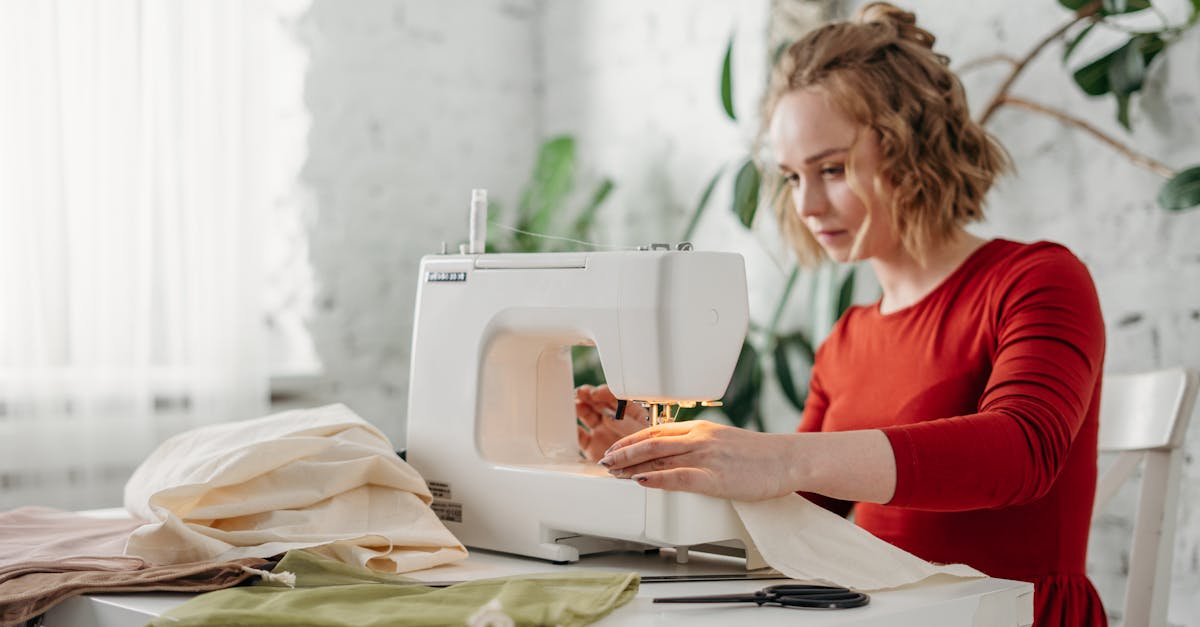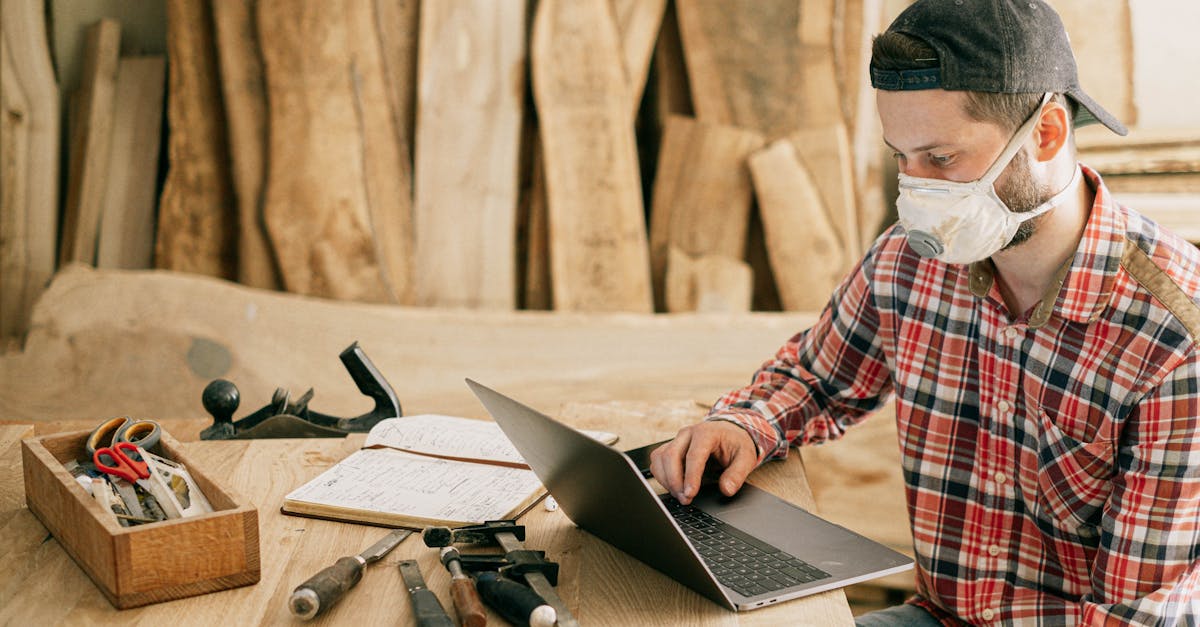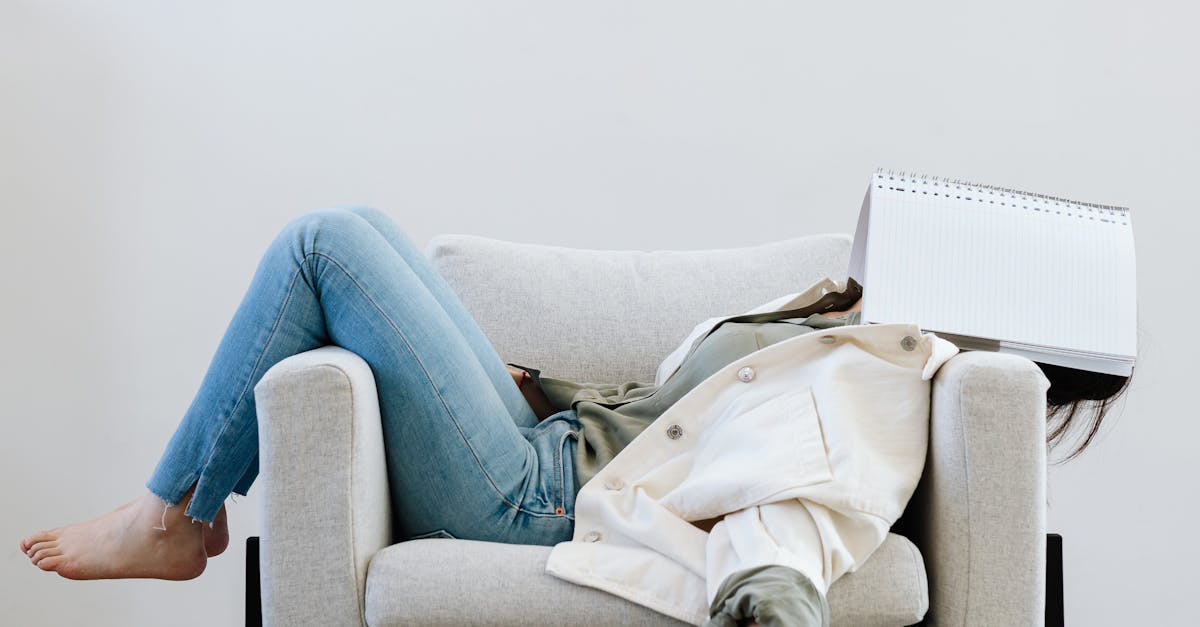Furniture is an essential part of any home, and a sofa is one of the most important pieces of furniture that can be found in a living room. Although there are a variety of options available in the market, nothing can beat the satisfaction of creating your own hand-made sofa. Not only is it a fun and rewarding project, but it also gives you the opportunity to customize the design to suit your personal taste and style. However, for beginners, the thought of building a sofa from scratch can be intimidating. That’s why we’ve put together some tips and tricks to help you get started on creating your own hand-made sofa.
Materials needed

Creating a hand-made sofa can seem like a daunting task, but with the right materials, anyone can do it. The first and most important material you will need is a sturdy frame. This can be made out of wood or metal, and should be able to support the weight of the sofa and its occupants. You will also need foam or batting to use as stuffing for the cushions and backrest. Make sure that the foam or batting is of good quality, as this will ensure that the sofa is comfortable and durable.
Another important material you will need is fabric. Choose a fabric that is both durable and aesthetically pleasing. Consider the color and pattern of the fabric, as well as its texture and weight. You will also need a variety of tools, including a sewing machine, scissors, thread, and needles. Other materials you may need include zippers, buttons, and trim. With these materials in hand, you can begin the process of creating your very own hand-made sofa.
Choosing the right fabric

Choosing the right fabric is one of the most important steps in creating a hand-made sofa. The fabric you choose will not only determine the overall look and feel of your sofa, but it will also impact its durability and longevity. When selecting a fabric, consider the level of use the sofa will receive. If it will be used frequently, choose a durable fabric such as a heavy cotton or a synthetic blend. If the sofa will be used less frequently, you can opt for a lighter weight fabric such as linen or silk. Additionally, consider the color and pattern of the fabric. Neutral colors and simple patterns will be easier to match with other decor and will stand the test of time. Bold colors and patterns can add a fun and unique touch to your sofa, but may not be as versatile in the long run.
Another factor to consider when choosing a fabric is its texture. Texture can add depth and interest to your sofa. A smooth, flat fabric will have a clean and modern look, while a textured fabric such as a tweed or a chenille will have a more cozy and traditional feel. Additionally, consider the maintenance and cleaning requirements of the fabric. Some fabrics may require special cleaning methods or be more prone to staining than others. Be sure to read the care instructions carefully before making your final selection. By taking the time to choose the right fabric, you can ensure that your hand-made sofa will not only look beautiful but will also stand up to years of use.
Measuring and cutting the fabric

When it comes to creating a handmade sofa, measuring and cutting the fabric is one of the most important steps in the process. Before you even begin cutting the fabric, you need to make sure that you have accurate measurements of the sofa frame. This will ensure that the fabric fits properly and looks professional. Measure the length, width, and height of the frame, and add a few inches to each measurement to allow for seam allowances and any additional padding that you may be using.
Once you have your measurements, it’s time to cut the fabric. It’s important to use a sharp pair of fabric scissors to ensure clean cuts. Cut the fabric according to your measurements, making sure to leave extra fabric for seam allowances. If you’re using a patterned fabric, make sure that the pattern is lined up properly before you start cutting. It can be helpful to mark the fabric with a fabric pen or chalk to ensure that you’re cutting in the right places. Take your time with this step, as it will have a big impact on the final look of your sofa.
Sewing the fabric together

When it comes to creating a hand-made sofa, sewing the fabric together is one of the most important steps. To begin, it’s essential to have all the necessary tools and materials on hand, including a sewing machine, thread, fabric, and scissors. Once you have everything you need, it’s time to start measuring and cutting your fabric. Make sure you measure twice and cut once to avoid any mistakes.
When sewing the fabric together, it’s important to use a strong thread that can withstand the weight of the sofa. Double stitching is also recommended to provide extra strength and durability. Take your time and sew slowly, ensuring that the fabric is straight and the seams are even. Don’t forget to iron the seams flat to give your sofa a professional finish. With these tips and tricks, you’ll be able to sew your fabric together with confidence and create a beautiful hand-made sofa that will last for years to come.
Adding padding and cushions

Adding padding and cushions is an essential step in creating a comfortable and cozy handmade sofa. To begin, you will need to measure and cut foam padding to fit the dimensions of your sofa frame. You can choose from a variety of foam densities and thicknesses, depending on your desired level of comfort. Once you have cut your foam to size, you can attach it to the frame using foam glue or upholstery staples. Be sure to wrap the foam in batting or dacron to prevent it from shifting over time.
Next, you can add cushions to your sofa. You can choose to make your own cushions or purchase pre-made ones. If you decide to make your own, you will need to cut foam to size and wrap it in batting or dacron. Then, you can sew a cover for your cushion using fabric of your choice. Make sure to choose a durable and easy-to-clean fabric, especially if your sofa will be used frequently. Finally, you can attach the cushions to the frame using velcro or ties. By following these tips and tricks, you can create a handmade sofa that is both comfortable and stylish.
Constructing the sofa frame

When it comes to creating a handmade sofa, constructing the frame is one of the most important steps. The frame provides support and stability for the entire piece of furniture. As a beginner, it’s important to focus on creating a strong and sturdy frame that will stand the test of time. To start, you’ll need to gather the necessary tools and materials, including lumber, screws, and a saw. It’s important to measure and cut the lumber precisely to ensure that the frame is the correct size and shape. Once you’ve cut the pieces, you’ll need to assemble them using screws and a drill. Make sure to pre-drill the holes to avoid splitting the wood. It’s also a good idea to reinforce the joints with brackets or corner blocks to add extra support. Take your time during this step and double-check your measurements and angles to ensure that the frame is level and square.
In addition to creating a strong frame, it’s also important to consider the design and style of your sofa. You may want to add decorative elements, such as curved arms or decorative legs, to give your sofa a unique look. However, it’s important to keep in mind that these elements can also affect the stability of the frame. Make sure to reinforce any areas that may be weakened by decorative elements. You can also add padding and foam to the frame to create a more comfortable seat and backrest. Once you’ve finished constructing the frame, you can move on to upholstering the sofa. With a strong and sturdy frame, you’ll be well on your way to creating a beautiful handmade sofa that will be the centerpiece of your living room for years to come.
Assembling the sofa

Assembling a hand-made sofa can be a daunting task for beginners, but with the right tips and tricks, it can be a rewarding experience. The first step in assembling a sofa is to ensure that you have all the necessary tools and materials. These may include a hammer, screwdriver, drill, screws, and the sofa components themselves. It is important to read the instructions carefully before starting assembly to avoid any mistakes.
One helpful tip is to lay out all the components on a clean, flat surface before starting assembly. This will give you a visual guide and help you identify any missing parts. It is also recommended to work with a partner to make assembly easier and more efficient. Another tip is to tighten screws and bolts gradually, ensuring that each one is securely in place before moving on to the next. Finally, don’t be afraid to ask for help or seek advice from more experienced builders if you encounter any difficulties during the assembly process.
Adding finishing touches

Adding finishing touches is an important step in creating a hand-made sofa. One of the most crucial things to consider is the upholstery fabric. The fabric should be chosen based on the style of the sofa and the room it will be placed in. It’s important to measure the fabric carefully and cut it to size before attaching it to the sofa. To ensure a neat and professional finish, it’s recommended to use a staple gun to attach the fabric. Another important finishing touch is the cushions. The cushions should be made from high-quality foam and covered with a fabric that complements the sofa. It’s important to measure the cushions carefully and ensure they fit snugly into the sofa. Finally, adding decorative elements such as pillows and throws can enhance the overall look of the sofa and make it more comfortable.
Another important finishing touch to consider is the legs of the sofa. There are various options when it comes to choosing the legs, including wooden legs, metal legs, or even hairpin legs. The legs should be attached securely to the base of the sofa and should be the appropriate height to ensure the sofa is comfortable to sit on. Additionally, adding trim such as piping or nailhead trim can give the sofa a polished and professional look. It’s important to measure and cut the trim carefully and attach it using a strong adhesive or a staple gun. Overall, adding these finishing touches can take a hand-made sofa from looking homemade to looking like a high-end piece of furniture.
Troubleshooting common issues

When creating a hand-made sofa, beginners may run into a few common issues. One of the most common issues is uneven stitching. This can be caused by a number of things, including using the wrong needle size, not properly aligning the fabric, or not maintaining consistent tension. To avoid this issue, be sure to use the correct needle size for your fabric and always double-check that your fabric is properly aligned before stitching. Additionally, try to maintain consistent tension on your thread by keeping your stitches at a steady pace and avoiding pulling too tightly or loosely. If you do notice uneven stitching, don’t panic! Simply go back and carefully re-stitch the affected area until it looks even.
Another common issue when creating a hand-made sofa is difficulty with stuffing and padding. It can be challenging to get the right amount of stuffing or padding in each section of the sofa, especially if you’re new to sewing. One helpful tip is to start with less stuffing or padding than you think you need and gradually add more until you achieve the desired level of firmness. It’s also important to ensure that the stuffing or padding is evenly distributed throughout the sofa to prevent lumps or bumps. If you do notice any unevenness, simply remove the stuffing or padding from that section and redistribute it until it is even. With a bit of patience and persistence, you’ll be able to create a beautiful, hand-made sofa that you can be proud of!
Tips for maintaining your hand made sofa

If you have recently created a hand made sofa, then congratulations! You have successfully completed a challenging yet rewarding task. However, the job is not done yet. You need to take care of your sofa to ensure its longevity and maintain its beauty. Firstly, make sure to avoid placing your sofa in direct sunlight as it can cause the fabric to fade and weaken over time. Secondly, vacuum your sofa regularly to remove any dust or debris that may accumulate on it. You can also use a soft brush to remove any stains or spots. Thirdly, avoid using harsh chemicals or detergents on your sofa as they can damage the fabric. Instead, use a mild soap and water solution to clean it. Finally, consider investing in a good quality sofa cover to protect it from any spills or stains.
Maintaining a hand made sofa requires a bit of effort, but it is worth it to ensure its longevity and beauty. Additionally, you can consider adding some decorative pillows or throws to your sofa to enhance its look and make it more comfortable. Regularly fluffing your pillows and rotating them can also help maintain their shape and prevent them from losing their firmness. Moreover, if you have pets, make sure to keep their nails trimmed to avoid any scratches on your sofa. Lastly, if you notice any damages or tears on your sofa, consider getting it repaired as soon as possible to prevent the damage from getting worse. By following these tips and tricks, you can enjoy your hand made sofa for years to come.

![1-Helmsley-3-Seater-Sofa-in-V&A-Drawn-to-Nature-Collection-Bird-&-Rabbit-Dark-Green[1]](https://www.viralstories360.com/wp-content/uploads/2023/06/1-Helmsley-3-Seater-Sofa-in-VA-Drawn-to-Nature-Collection-Bird-Rabbit-Dark-Green1-696x507.jpg)